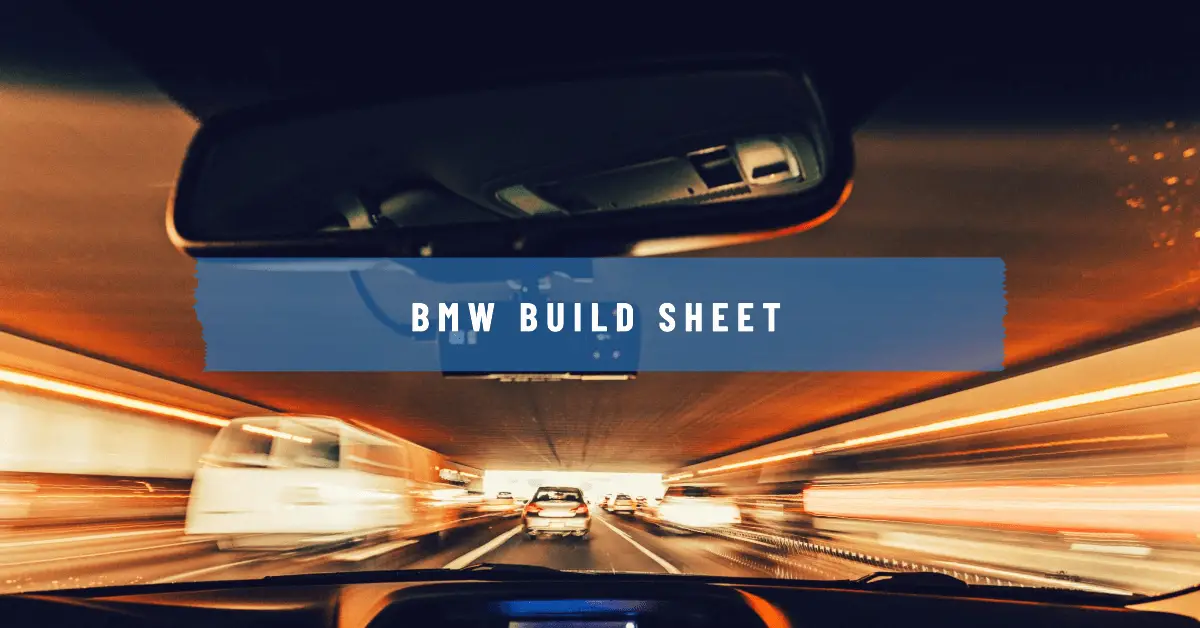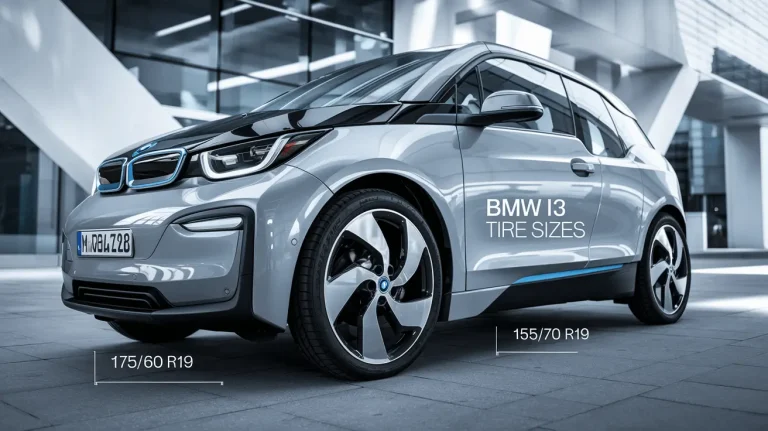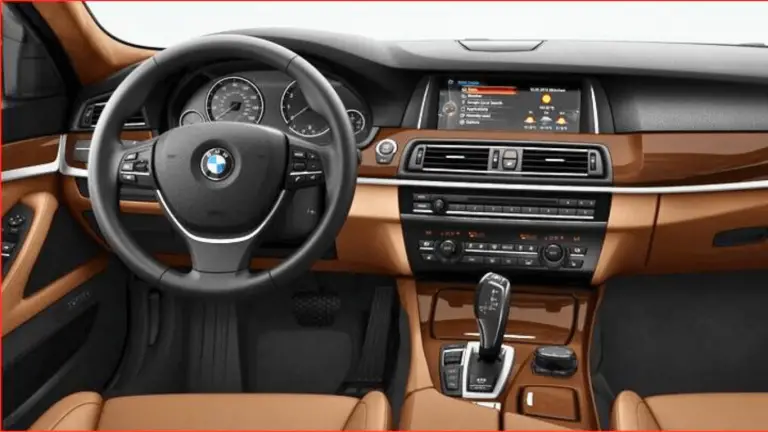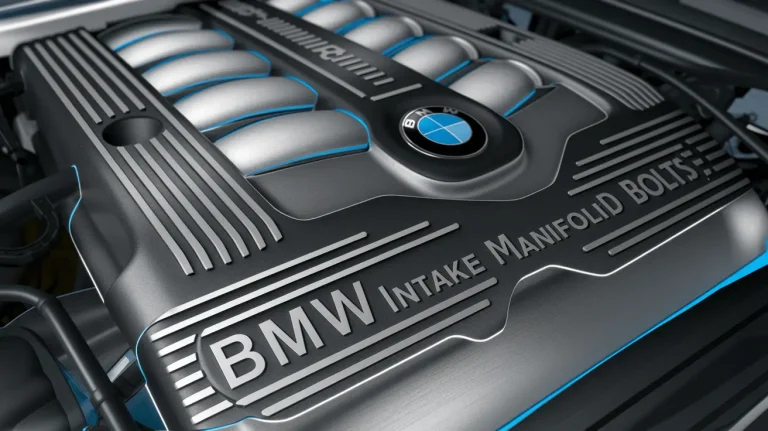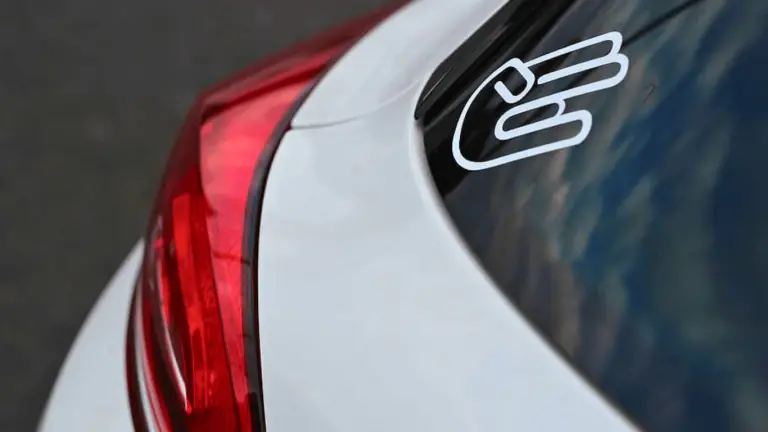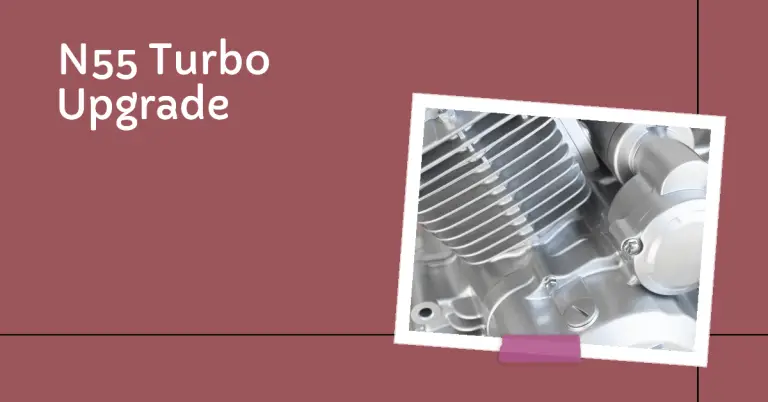Uncover Your BMW’s History with the Original BMW Build Sheet
Have you ever wondered about the origins of your BMW? As a BMW owner, you likely cherish the driving performance, luxury, and special allure of your Ultimate Driving Machine. But do you know the full history of how your specific car came to be?
The BMW build sheet holds the keys to unraveling your car’s unique configuration right from the production line. This important document contains a wealth of codes and details that specify exactly how your BMW was equipped and customized when new.
In this comprehensive guide, we’ll cover everything you need to know to find, decode, and use your BMW’s original build sheet. You’ll be able to connect with your car’s past and unlock previously unknown specifics ranging from paint colors to upholstery materials to installed options.
Let’s dig in to demystifying the BMW build sheet so you can uncover your car’s hidden backstory!
What is the BMW Build Sheet?
The BMW build sheet is the original document that contains the detailed specifications for how a particular BMW vehicle was customized and built in the factory.
For each individual car, the build sheet lists the various production codes that denote the exterior color, interior materials, drivetrain components, and any special options installed on that specific car.
Essentially, the build sheet is the “birth certificate” for your BMW that was created before production. It provides a window into the day your car rolled off the assembly line and all the unique characteristics it was configured with.
While today’s modern BMWs may come with a thorough window sticker to document options, older generations did not always have this paperwork. The build sheet is the definitive record of exactly how the car left the factory.
Why is the Build Sheet Important?
There are several key reasons why the BMW build sheet is important for owners to be aware of:
- Authenticates Original Configuration – The build sheet provides proof of which options and features were truly installed by the factory. This helps support any claims about the car’s original configuration that increase collectibility and value.
- Guides Maintenance and Restoration – BMW dealerships and mechanics rely on build sheets to identify the correct parts and colors needed to properly service and restore a car to original factory specifications.
- Satisfies Curiosity – Many BMW enthusiasts are excited to learn unique details about their car’s background and enjoy the history behind how their specific car was born.
- Provides Connection to the Past – The build sheet documentation gives owners a tangible connection back to their BMW’s origins on the assembly line.
- Supports Resale Value – Being able to substantiate original options with the build sheet increases resale value, especially for sought-after vintage models with rare configurations.
So while it may just look like a piece of paper with codes, the BMW build sheet offers owners the ability to unlock their car’s past and connect with their Ultimate Driving Machine on a deeper level.
Where Can I Find the Build Sheet in My BMW?
For those lucky owners who still have their original copy, the BMW build sheet is typically located in the driver’s side door jamb. Sometimes it may be tucked deeper into the door pocket or crevices of the interior.
Build sheets can also commonly be found underneath the rear seat, especially in older 5-series and 7-series models. You may need to do some digging into crevices and look under seat backing and leather.
If you’ve searched thoroughly for the build sheet inside the car without success, don’t give up hope yet! Your BMW dealership can request a copy of the original build sheet from BMW directly using your VIN number. Just contact your local dealership’s service department to inquire about getting a copy.
How to Search for the Build Sheet
Here are some helpful tips on where to look to search for your BMW’s original build sheet inside the car:
- Driver’s Door – Carefully remove the interior door panel cover and look in the map pockets or tucked along the inner door. Also check anywhere inside the door itself once the panel is off.
- Under Rear Seats – Lift up the bottom seat cushions and look in crevices underneath, especially along the backrest area. The build sheet may be attached or laying loose.
- Glovebox – Remove all contents and see if it’s attached anywhere inside. Also check any side pockets.
- Center Console – Lift out the console insert tray and look underneath and attached to the sides or bottom.
- Sun Visors – Some build sheets have been found tucked inside the sun visor covers.
- Trunk – Check along the interior trim and side panels in the trunk, may be attached or loose.
It often takes some sleuthing to uncover the build sheet, so be patient and persistent in your hunting. If unsuccessful after thoroughly checking everywhere, enlist your dealership to get a copy. Now let’s look at how to decode and understand your BMW build sheet.
How to Read and Understand the BMW Build Sheet
Once you get your hands on the original or requested copy of your BMW build sheet, how do you make sense of what it all means?
At first glance it may look like just a jumble of codes and strange sequences. But with some decoding, you can gain a wealth of knowledge about your car’s configuration and production details.
Let’s break down the key sections and what the codes reveal:
Vehicle Identification Number
At the very top is the full 17-digit VIN number. This begins with the World Manufacturer Identifier for BMW (WBA or WBAG). The remaining digits tell BMW the vehicle attributes and were assigned sequentially during production.
Model and Production Date
The upper right section reveals the model (e.g. 330i) and either the production date or date of manufacture. This lets you pinpoint the specific day your BMW rolled off the assembly line.
Exterior Paint and Trim
One of the most enlightening areas is the exterior paint code which appears as a 3-digit number. For example, 475 denotes Alpine White III paint with a Black lower body accent. You can cross-reference BMW paint codes to reveal exactly which colors your car left the factory wearing.
Adjacent trim pieces like mirrors and strips are also called out. A single letter refers to the color – A for black, C for chrome, etc.
Upholstery and Interior Trim
Further down you’ll find 2-digit codes for the seat material (e.g. 58 for black Nappa leather) and interior plastic colors. These help uncover details like the specific leather grade and trims paired together.
Drivetrain and Production
The middle sections decode the engine and transmission. For example, A10BENG refers to an N20 engine in a 320i. The drivetrain codes are followed by rear axle info and part of the VIN’s production sequence.
Option Packages and Special Equipment
This section lists all the option packages and individual options selected when first ordered. Each begins with a 3-digit code that can be mapped to specific items like sunroofs, navigation systems, and wheels.
Use a BMW options decoder to turn these codes into the actual installed options. This helps authenticate options that increase collectibility.
What Your BMW’s Build Sheet Tells You:
Once decoded, here are some of the key insights the BMW build sheet reveals about your car’s original configuration and production:
- Exterior color codes to pinpoint the exact paint hues used
- Upholstery colors and materials for seats, carpets, and trim pieces
- Type of leather, wood, or other interior materials
- Complete drivetrain information including engine, transmission, and rear axle
- Individual options, special equipment, and package combinations installed
- Unique factory production sequence like chassis number
- Accessory parts documented with part numbers
- Scheduled production date the car was completed
With this wealth of knowledge, you can connect with details ranging from the color name of your exterior paint to the packages chosen when first ordered. The build sheet provides striking insights into the day your car was born.
How Dealerships Use BMW Build Sheets
The BMW build sheet is not only useful for owners to uncover their car’s histories. BMW dealerships rely heavily on accessing build sheets for service and sales needs:
Parts Identification for Service
Technicians frequently reference build sheets when servicing older BMW models. The parts codes ensure they can identify the correct replacement parts needed during maintenance or repairs.
For example, if a rubber trim piece needs replacement, the build sheet has the production code needed to order the right revision that matches other interior colors. This ensures accuracy during service work.
Verifying Option Authenticity
When appraising a BMW or verifying a collector car, build sheets allow dealers and authentication services to substantiate which options were truly installed from the factory.
Since optional packages impact value, the build sheet helps prove provenance and originality by linking VINs to legitimate option codes.
Researching Originals for Restoration
For high-end restorations of older BMW classics, build sheets allow workshops to wholly recreate the car to original specifications. This of course requires finding replacement parts that match the codes referenced on the build sheet from decades ago.
Access to the original configurations aids in restoration accuracy.
Resale Listing Details
Sales associates will often highlight particular options documented on older BMWs’ build sheet in listings to capture attention of interested buyers. Rare options on special models tend to increase resale desirability and value.
Customer Interest in History
Many BMW customers are intrigued to learn about the unique origins and specs found on the build sheet for a car they are purchasing, especially for older pre-owned models.
Dealers can provide this history and connection to the past for a more engaging ownership experience. The build sheet turns a car into a special story.
Where Else Can I Research My BMW’s History?
In addition to tracking down the original build sheet or requesting a copy from BMW, there are a few other places BMW owners can look to uncover more historical details about their car:
BMW VIN Decoders
While not as comprehensive as the build sheet, BMW VIN decoders can provide some basic details about year, model, body style, engine, and transmission based purely on the VIN number. This gives a nice snapshot of identity.
Bimmer.work is one reputable site with a BMW VIN decoder to try.
BMW Owner’s Forums
The vast BMW owner’s communities found on forums like BimmerPost are full of detailed technical knowledge. You can post your build sheet findings to have knowledgable members translate codes or provide context about rare options.
Other owners may be able to spot similarities or differences compared to their own build sheets. The forums bring a collective knowledge from other BMW enthusiasts.
Window Sticker and Other Documentation
For newer BMWs, you can sometimes request a copy of the original window sticker from BMW USA using the VIN. This provides a breakdown of factory options and MSRP. You may also inquire about availability of other documentation like order forms.
Contact BMW with VIN
Reaching out to BMW’s customer support with your VIN is always worth a shot. Explain your interest in learning more about your car’s origins and see if they can provide any other production details or confirmation on the build sheet specs. You may get connected with a BMW heritage expert.
Unlocking Your BMW’s Hidden Story
Like any proud parent, BMW is delighted when their offspring find loving homes with dedicated owners. Your BMW build sheet provides the key to unlocking previously unknown details about your Ultimate Driving Machine’s upbringing and origins.
Each BMW carries its own special backstory highlighting how it came to life from factory specifications to rolled steel frames to personalized touches. The build sheet codes transform into a vivid picture of the day your car was born to start its unique lifetime journey.
Your car already provides driving joy, status, and memories. The additional pleasure of learning about its history and connection to the past through the build sheet offers even deeper satisfaction and enjoyment of your one-of-a-kind BMW.
Conclusion
The BMW build sheet contains a wealth of insider knowledge allowing you to uncover the details of your car’s original configuration straight from the production line. With some research and decoding, you can connect with your BMW’s past in areas ranging from exterior colors to options to materials to key production sequences.
Use your build sheet to authenticate important factory details, guide maintenance work, engage in restoration projects, connect with fellow enthusiasts, and deepen your appreciation for your car’s heritage. It provides tangible insight into the origins of your Ultimate Driving Machine.
Whether you have the original or need a copy from BMW, decoding the build sheet unlocks your car’s unique identity. Pair this with other resources like VIN decoders, forums, and contacting BMW to become an expert on your BMW’s hidden backstory.
The build sheet transforms your car from mass-produced item into a special documentation of your BMW’s beginnings. Understanding these origins helps strengthen the bond between any driver and their Ultimate Driving Machine.

